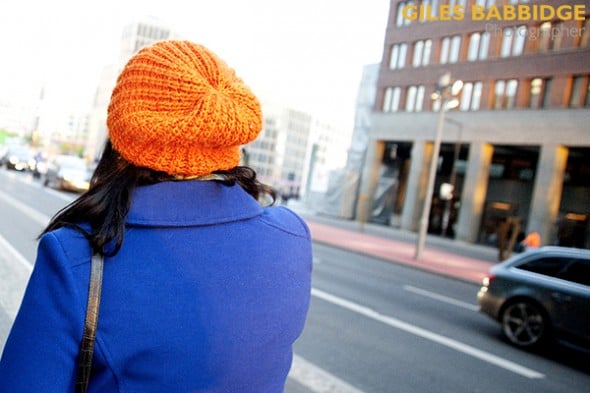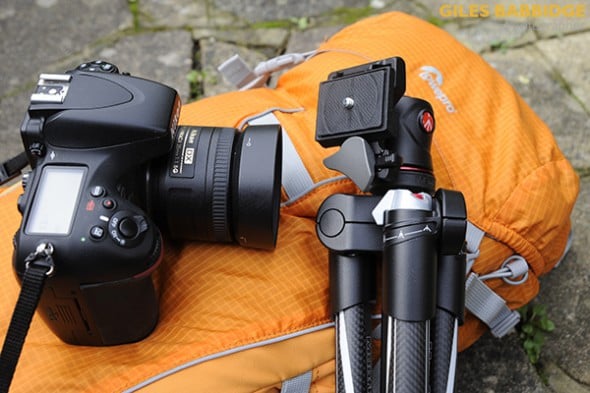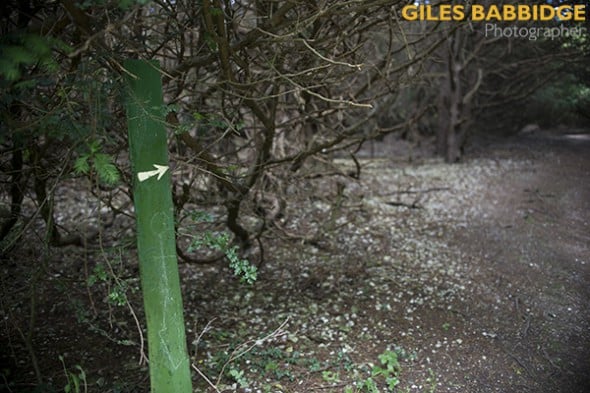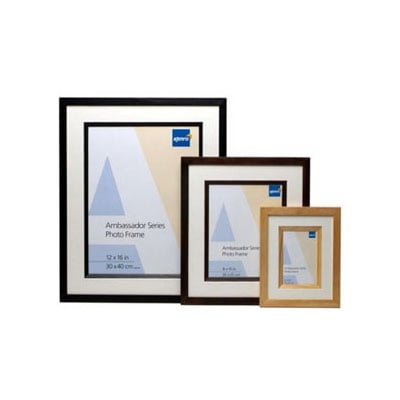You don't have to step far from your doorstep to find photographic opportunity. Giles Babbidge has a few ideas...
One of the greatest things about photography surely has to be that it is so completely accessible. No matter what type of camera you use – even the one built into your smart phone – there is always plenty on hand to capture.
Your immediate surroundings are the perfect place to begin a photo project. You just need to know where to look…
What is a documentary project?

If you’re anything like me, you have hundreds or even thousands of pictures stored on your computer, hard drives and phone, all of which essentially have no real common connection. They’re nice shots, certainly, but they aren’t connected. A documentary project is all about creating a connection between images.
Perhaps a better way of describing the process is to call it storytelling – consciously creating and putting together a set of pictures which take the viewer on a visual journey. If you can trigger a reaction, such as joy or aspiration, then you’ve done the job.
If you don’t know where to start, just keep it simple. For example, you could set yourself a theme, such as “colour”, “shapes”, or “abstracts”. Pick a subject that interests you, as this will ensure you stay enthusiastic, inspired and engaged.

Plan and research before heading out
While just turning up and exploring an area on the fly is never a bad thing (it adds to the wonder and excitement of discovery), there’s certainly a lot to be said for doing research in advance. Simple web searches can yield great results which will inspire, but why not also look at maps, local history books and other general-interest resources?
If you delve a little deeper, you might find examples of pictures or projects that other photographers have previously created in your area. Look at these closely: what do you like about them, and what do think could be improved? Is there anything you would do differently?
It’s also worth making a note of sunrise and sunset times, as well as tide times if you’re going to be heading off towards the sea. Chance favours the prepared mind, as they say, and this is especially true where landscape photography is concerned.
Keep your kit simple

One of my favourite ways of exploring a location – for the first time or otherwise – is to work with a stripped-down setup. This often equates to one camera, one lens and a number of carefully selected accessories, chosen to compliment the pictures I anticipate taking.
So, for example, I might fancy the challenge of working solely with a prime lens such as a 35mm. If I know I’ll be out until last light, I’ll take along a lightweight, compact tripod and torch so that I’m ready to capture the wonderful colours of twilight. If it’s likely to get cold or wet whilst I’m out and about, then I’ll pack suitable clothing, too.
It can be difficult not to draw attention to yourself when taking pictures in a public space. To keep things somewhat less conspicuous, my choice of camera bag would be very understated (I might even just use something like a regular rucksack with a padded case stored inside to protect my photo gear).
Less is more in photographs, too

We are all familiar with our immediate surroundings – our local town centre, the park, the sea front, even the way our garden changes throughout the seasons does not go unnoticed on a daily basis. The trouble is that having too much subject matter can be a little overwhelming, which is why a fresh approach to picture-taking can be what is needed.
By thoughtfully taking pictures, consciously documenting what’s around, you’ll end up with a stronger, more satisfying set of shots which do a great job of telling an engaging story. The best results often come from combining a mix of wide, mid-distance, and close-up shots of varying subjects.
Often, picking out interesting details from within a scene will produce more interesting results than the standard overview shots. Go in close with a macro lens and concentrate on textures, unusual subjects, and the like; play around with depth of field, in order to shake things up a bit.
Keep on track
Here’s a checklist to refer back to as you walk around your local area, to make sure you make the most of your trip:
#1. Are you keeping to your theme?
#2. Are you exploring your subject fully?
#3. Are you making the most of your camera setup?
#4. Do you need to re-shoot anything along the way?
#5. Will any subjects require another visit to photograph again (for example, if the light is not ideal)?
Present and share your pictures

As we all know, pictures are there to be seen, so why not give some thought over to proudly displaying your documentary project to a wider audience? There are all sorts of ways to do this, many of which will have far more impact than if you simply view your photos on a computer screen.
Prints are a nice idea, so long as they are displayed well, such as in an album or on the wall in a frame such as the Kenro Ambassador Frame pictured above. Also an option is to lay them out in a printed photo book for everyone to enjoy. Invite friends and family round for coffee and reveal the fruits of your labours. Make some noise about what you have created. You could even arrange a small exhibition locally!
If sharing online is your thing, be sure to take advantage of Facebook, Instagram and the like – all of these platforms are great ways to receive direct feedback about your work.
However you go about your documentary project and whichever methods you choose to display your pictures, the main thing to remember is that it should be fun. See if you can really push yourself to create the most original, striking pictures possible and you’ll be amazed at the results you’ll come away with.
About the Author
Giles Babbidge is a commercial and editorial photographer based in Hampshire. He travels all around the UK and works with a wide range of clients – you can find out more about his day-to-day activities over at his website.

